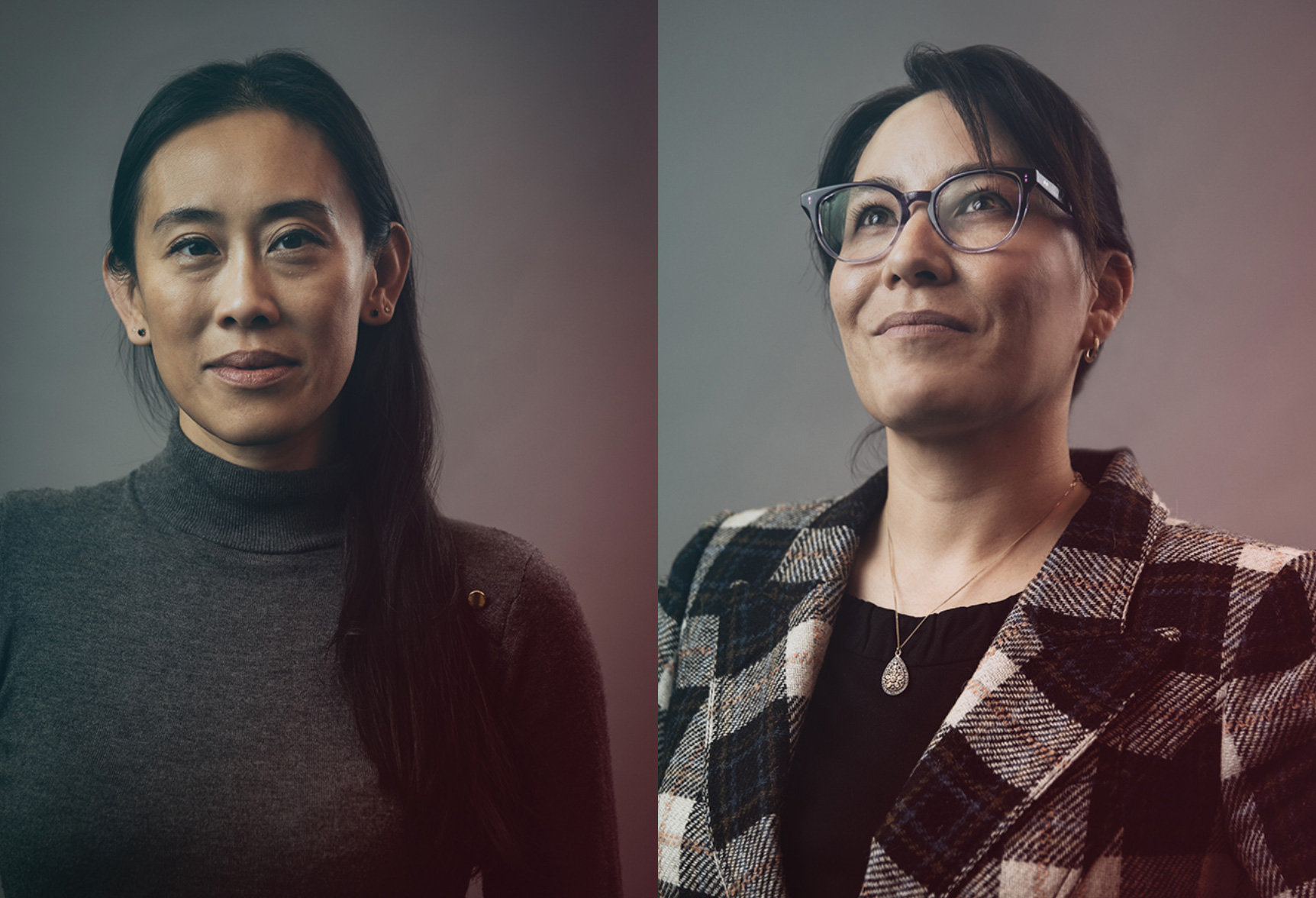- 1-833-448-3843 Make a call.
- info@givetouhf.ca Drop us an email.
- We are located in Edmonton, Alberta
Trauma
 Shot in a hunting incident near Edson, Alberta, the only thing keeping him from near-certain death was his brother-in-law, Gustov, pushing with all his might on the entry point of the bullet in an attempt to stop, or at least slow, the bleeding.
Shot in a hunting incident near Edson, Alberta, the only thing keeping him from near-certain death was his brother-in-law, Gustov, pushing with all his might on the entry point of the bullet in an attempt to stop, or at least slow, the bleeding.
Unfortunately for Bezooyen, a 39-year-old father of four, and registered nurse at the Edson Healthcare Centre, the bullet had entered through his right groin, shattering his thigh bone and rupturing his femoral artery, the second largest artery in the body, and the main passageway for blood to get to the lower body.
When help finally arrived, Bezooyen got the good news he was hoping for. “They told me they were taking me to the University of Alberta Hospital (UAH),” he said.
Northern Alberta’s only Level One Trauma Centre, the UAH sees some of the most severely ill or injured patients. So, when Bezooyen arrived, an experienced team of specialists in resuscitation and trauma care was there waiting for him.
“When we heard there was was bleeding and the injury was involving the femoral artery, that was pretty concerning,” recalls Dr. Sandy Widder, a trauma surgeon, facility site chief of trauma at the UAH and provincial for trauma with Alberta Health Services (AHS).
Less than an hour after he arrived at the hospital, Bezooyen was receiving life-saving surgery. “We basically got control of the bleed,” says Widder. “We found the blood vessel and were able to control the bleeding. It was a deep wound. It wasn’t easy to find the source of the bleeding.”
The University Hospital Foundation is funded through community support, including ticket buyers to the Full House Lottery and sponsors and visitors to the Festival of Trees. They have generously invested over $6.3 million in support of trauma and emergency care at the UAH, plus an additional $2.7 million in upgrades to the hospital’s surgical program, bringing the total amount of donations to $9 million — all sopatients like Bezooyen get the best care possible when they need it most.
Ready to Respond
Bezooyen’s case, says Widder, speaks to the multidisciplinary, multimodal response to trauma cases at the UAH. “It’s the entire spectrum of trauma care.” The fact that Bezooyen underwent surgery less than an hour after his arrival shows what having a team of trauma specialists can do. If the team hadn’t been able to gather to start his care so quickly, his outcome might have been worse. “Bryce might have bled more, he might have lost the ability to form clots,” says Widder. “The number one killer of trauma patients within the first six hours is hemorrhage.” Though the trauma team at the hospital doesn’t see Bezooyen’s type of injury every day, it receives trauma cases one or two times a day, or more. Each time it happens, the team is ready to descend.
Up to 15 team members, from trauma surgeons to respiratory therapists, contribute what they can to stabilize the patient. “You never know what you’re going to get,” says Widder. When the trauma team swarms a patient, it is ready for anything. And that means faster interventions, which, as in Bezooyen’s case, can save lives.
Level One
With a total catchment of about 2.6 million people — from Red Deer north, northern British Columbia and Saskatchewan, as well as the Northwest Territories — the emergency department handles about 1,800 major trauma cases each year. Its CT scanner runs 24 hours a day. Using a sort of trauma hotline called RAAPID, doctors from other AHS hospitals across this vast, often sparsely populated area can call in to reach the trauma specialists and determine next steps. “If you’re involved in an MVC (motor vehicle collision) out in the rural area, they do their best to stabilize patients and send them here very quickly,” says Dr. Ni Lam, the facility site chief of emergency medicine at the UAH and president of the Edmonton Emergency Physicians Association. Lam is often among the trauma team that gathers in the bay. She thrives on being called into these rapidly unfolding life or death situations.
“I like the resuscitation component – being able to be involved with the sickest patients, being able to make a difference,” says Lam.
Level One also denotes the University of Alberta Hospital’s leadership in education and research. Part of that role is doing outreach on injury prevention, something that’s close to Widder’s heart. As a surgeon specializing in trauma, she works to save patients who have injuries from burns, motor vehicle collisions, chemical exposures, drowning, gunshots, stabbings, falls and more.
Widder doesn’t use the word “accident” for any of these incidents. “Trauma is the one disease that’s 100 per cent preventable,” she says. When someone is rushed to hospital with a terrible injury due to some misadventure, “you’re frustrated initially, but you look at it as an opportunity to work on secondary prevention.”
Widder and Lam are working on a number of injuryprevention programs, including a public education campaign on how to stop bleeding in trauma patients (Stop the Bleed), and a program working on fall prevention and recovery for seniors (GREAT — Geriatric Recovery Enhancement Alliance in Trauma).
Widder says trauma surgery doesn’t get the same spotlight that other subspecialties do. But the reality is that trauma, the leading cause of death for young adults, is going to touch everyone at some point in their lives.
Lam agrees. “You look at the news stories and think, ‘That could have been my family member.’”
